Opuntia Wikipedia

opuntia tuna Cactus and succulents, Succulents, Plants
What Is Prickly Pear? Native to the Western hemisphere, the prickly pear is a member of the Opuntia genus of the cactus family Cactaceae. This type of cactus is a common sight in arid or semi-arid regions of the world, particularly in Mexico, the Americas, the Mediterranean, Australia, and Africa.
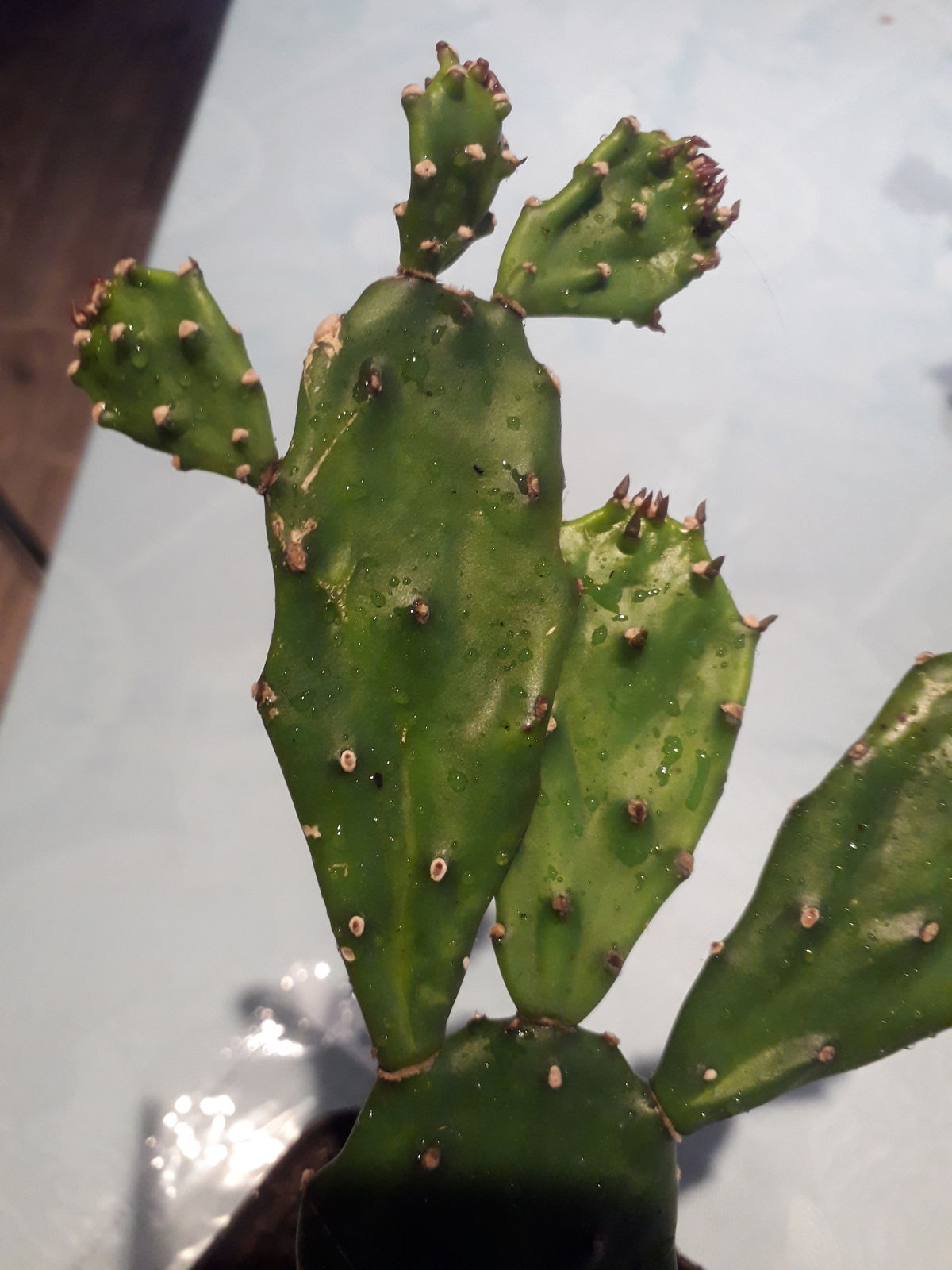
Opuntia tuna (L.) Mill. Plants of the World Online Kew Science
Opuntia, commonly called the prickly pear cactus, is a genus of flowering plants in the cactus family Cactaceae, many known for their flavorful fruit and showy flowers. [1]
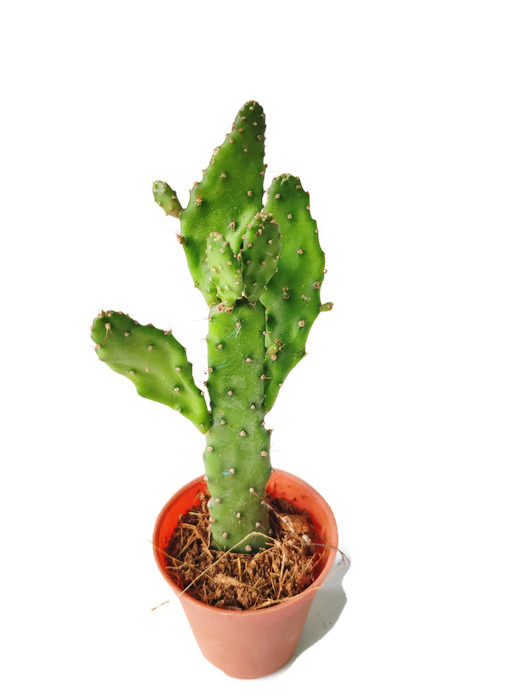
Opuntia Tuna cactus live plant buy at
Opuntia tuna is a species of cactus in the genus Opuntia. It is endemic to Hispaniola (in the Dominican Republic ), Jamaica and other Caribbean Islands. The first description was in 1753 by Carl Linnaeus as Cactus tuna. Philip Miller described it as Opuntia tuna in 1768. It has one taxonomic synonym. [1] References

Mexican Tuna Prickly Pear Cactus Fruit Plant, Opuntia ficusindica
Opuntia is, in fact, the scientific name of the plant and the pears are the fruits. It is also known by the name cactus fruit. There are more than 200 different species of Opuntia, out of which only a few varieties are edible. That's right, you can eat the prickly pears!

Mexican Tuna Prickly Pear Cactus Fruit Plant, Opuntia ficusindica
Fruit: The fruit of the Opuntia, known as the prickly pear, is an edible oval-shaped berry. It matures to a vibrant red or yellow color and has a sweet taste, often used in jams, jellies, and drinks.. Preparing and eating prickly pear, also known as "tuna" in Spanish, requires a few careful steps due to its spines and fine glochids (tiny.
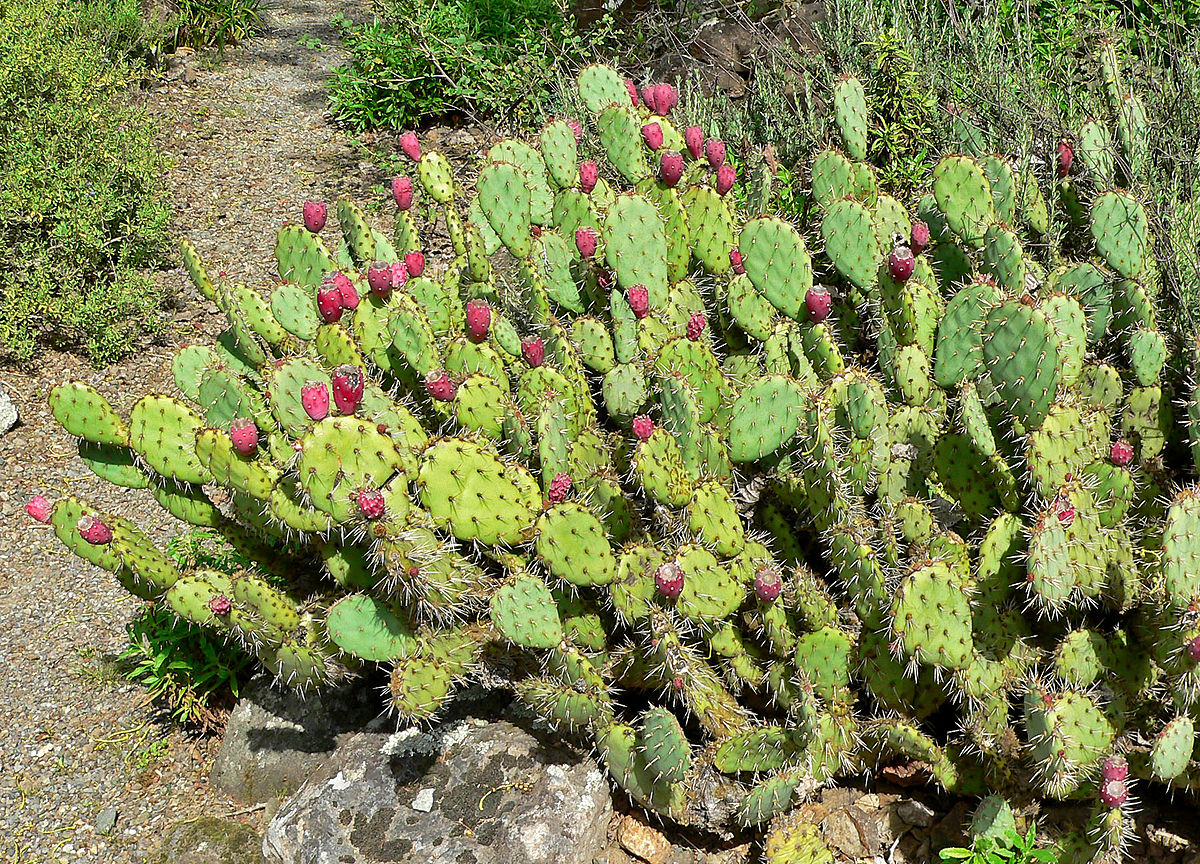
Opuntia Wikipedia
The tuna fruit has many other alias names such as: Opuntia, prickly pear, nopal, Nostle and so on; however, its scientific name is Opuntia ficus-Indica. The fruit is native to the western hemisphere, particularly Latin America and the Caribbean; where its most popular usage is found in Mexico.
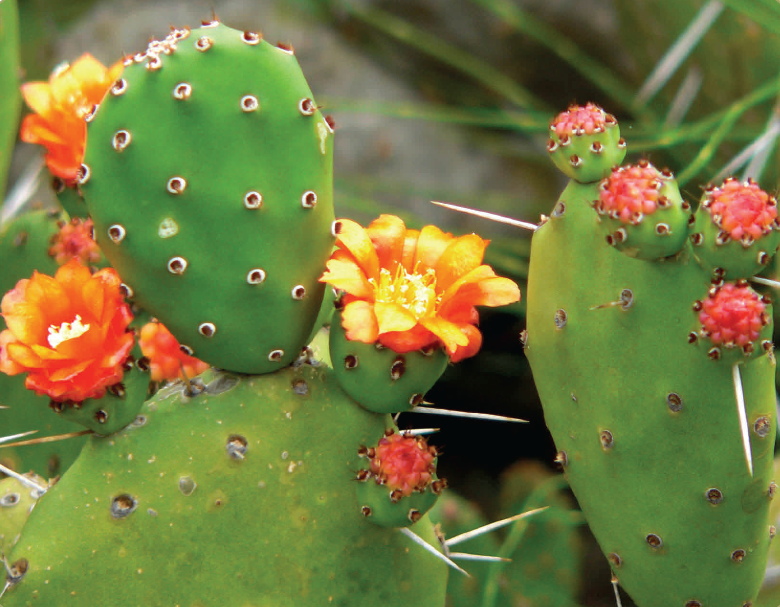
New Herbicide being Tested for Prickly Pear Control Panhandle Agriculture
Prickly pear, which has the scientific name opuntia, is a member of the cactus (Cactaceae) plant family. This cactus, which is native to the Western Hemisphere but now grows around the world, can grow up to 18 feet high. It produces yellow, red or purple flowers and bright pink/red, spiky fruits.

Opuntia Food, Organic recipes, Food to go
Anatomy of an Opuntia How to Harvest Prickly Pear Tunas Using and Storing Harvested Fruits Quick Tips If you have an unwanted crop or you're debating destroying or trashing an unwanted specimen, then I have a suggestion.
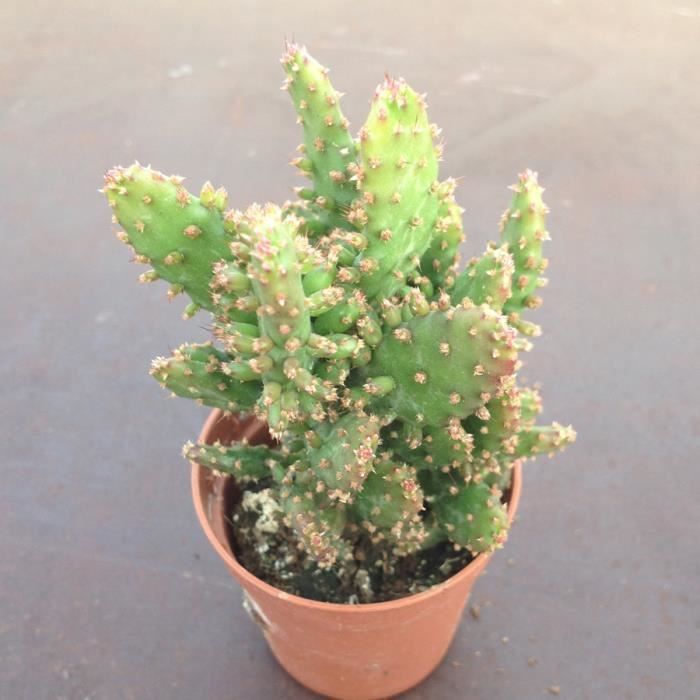
Opuntia tuna, 56 cm Achat / Vente plante poussée Opuntia tuna, 56
Opuntia santa-rita Santa Rita prickly pear, purple prickly pear. Zones: 7-11. Height/Spread: 6 to 8 feet tall, 8 to 10 feet wide. Exposure: Full sun. Bloom time: June-July. Color: Blue-gray pads turn purple in winter, yellow flowers followed by purple fruit. Birds are attracted to the small purple fruit of this colorful Opuntia.

Tunas Opuntia ficusindica (Indian fig opuntia or barbary … Flickr
Description Flowering Flower Fruit O. ficus-indica is polyploid, hermaphroditic, and autogamous. [7] As Opuntia species grow in semiarid environments, the main limiting factor in their environment is water. They have developed several adaptations to dry conditions, notably succulence. [8]

Opuntia tuna fa. cristata in 10,5 cm pot
Although they love the sun and thrive in warm climates, the Opuntia is one of the most cold-tolerant types of lowland cacti. Some variations of Opuntia such as the Opuntia Santa Rita can withstand temperatures as low as 15°F (-9°C). Several types of Opuntia produce pads and fruit that are edible.

tuna cactus (Opuntia ficusindica)
1. Cut the ends of the fruit off with a sharp knife on a cutting board. 2. Then slice the fruit lengthwise, about 1/8th to 1/4th of an inch deep. You should now be able to peel the skin off of the fruit with no problem. You can easily compost the skin or throw it away. 3. Now all you need to do is slice up that fruit.

Chicken Tuesday ChickenBird Sandwich? Teatime with Tina
Opuntia fig ( Opuntia ficus indica (L.) Mill.), otherwise known as the Indian fig or cactus fig or prickly pear, belongs to the Cactus family, Cactaceae. These species hold high adaptability to extreme environmental conditions (drought, high temperature, UV radiation, and poor-quality soils).

opuntia tuna Google Search
Opuntia is the most widely distributed genus of cacti, occurring from southern Canada to Argentina. Species of the genus are the most northern ranging of cacti, occurring to 56° North latitude in British Columbia and Alberta, Canada (Areces 2004) and are the only cacti ranging into the far eastern states of the USA.

Free Images fruit, food, red, produce, vegetable, cactaceae, fruits
Live Mexican Tuna Cactus Plant Ships in 100% Biodegradable 4" Coconut Fiber Pot and Plastic Free Packaging! Cactus fruit is sweet and juicy and rich in antioxidants, with a beautiful deep red color both inside and out. The flavor can be likened to strawberry and watermelon. Prickly Pear fruit can be peeled and eaten raw or made into syrup, jelly, jam, candy, dried, juiced, or even fermented.
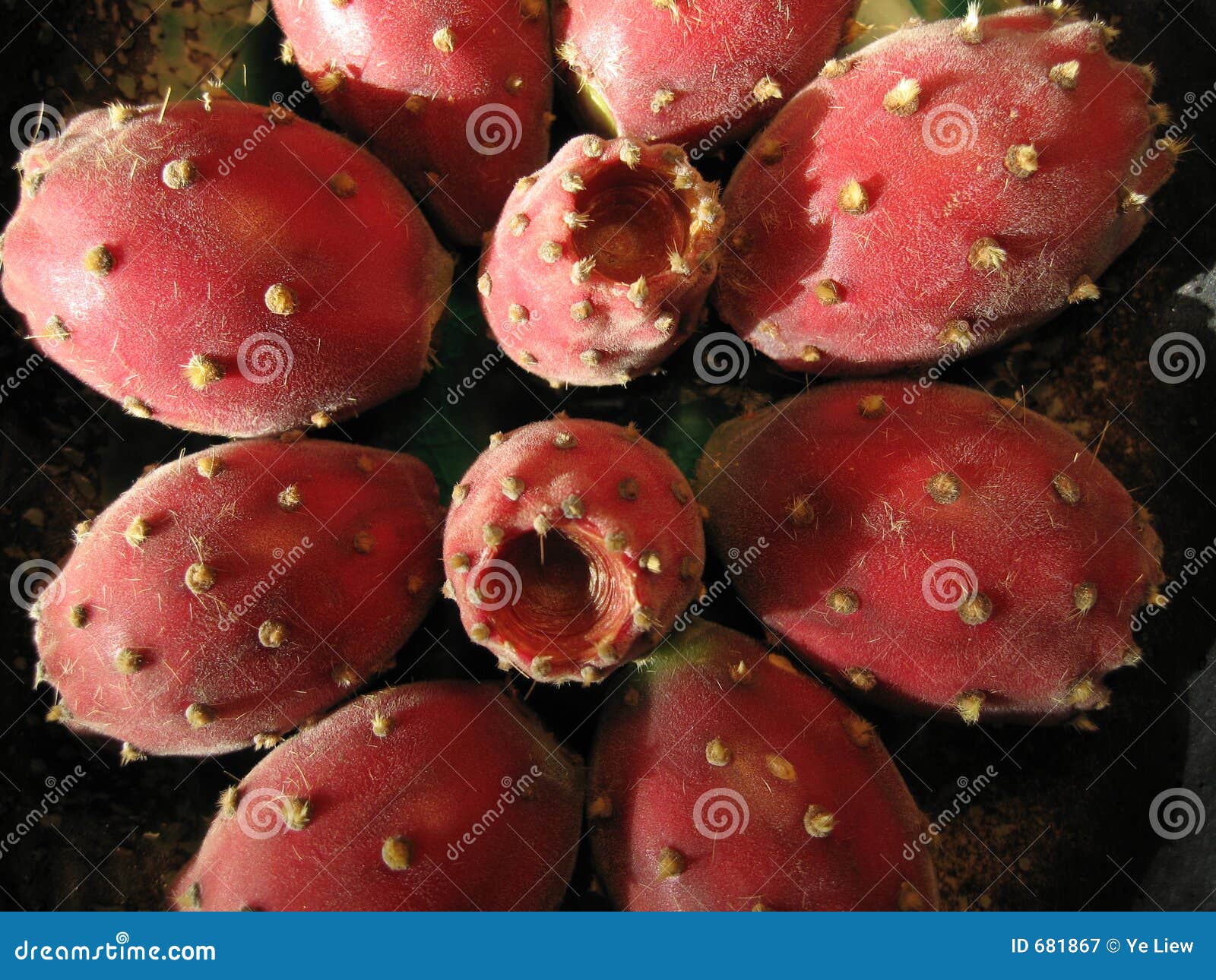
Opuntia Tuna 4 stock image. Image of blood, juicy, nopalito 681867
In this episode of In the Kitchen with Matt, I show you how to prepare and eat cactus fruit also known as prickly pear, cactus pear, tuna fruit, opuntia, nopal. They come mainly in two.